We lived at ‘Barton Hill’ in Arthurs Creek. My father[1] and mother[2], and Lily[3] and Muriel[4]. Tom[5] and Cathie[6] were older and lived with my father’s sister Auntie Mary Hurrey[7] at Egremont Street, North Fitzroy. She ran a dairy, which sold Hurrey Brother’s milk from ‘Craigie Lee’ in Yan Yean. Her husband Jim Hurrey[8] drove a milk cart. Cathie and Tom attended St. Luke’s Church of England School at Fitzroy[9]. At ‘Barton Hill’ my parents milked cows and sold some butter and hen eggs, as well as fruit in season.
The fruit season would start at Melbourne Cup time when we would sell strawberries, peas, gooseberries, cherry plums, and early apples. There were 60 acres of orchards and about a quarter of it was plums and apricots. We sent the fruit to the Eastern market, to agents, by rail – not enough manpower to take it to Victoria Market. As the plums and apricots ripened, jam factories bought some – plums at 30/- a ton and apricots 3 pounds a ton.
We had only two draught horses, Dick and Kate. They had to do all the plowing and carting. My father had a chestnut riding mare. She used to buck when he got on her.
The countryside, apart from the orchard, was black trees and stumps, and bracken around logs on the ground. There had been a very big bush fire in 1900 following a bad drought, hence all the dead trees. Our fowl house was of wire netting around four black trees – these had a roof of hay and on the roof were fantail pigeons. They had their box nests. There were several pigsties. Near the cow yard were gallows set up between two trees. A lot of meat was used in those days.
In front of the house was the ‘tin house’. This was the shed moved from the ‘Charnwood’ mine when it was discontinued by Auntie Mary. It held all the mining gear – windlass, buckets, drills, etc. as well as our other tools. The green hide buckets were interesting. They could be thrown down the mine without being damaged.
There were two dogs. Spark who was a cattle dog, blue in colour as today’s heelers, but with short hair. Trotter was a silky terrier. He was Lily’s pet. She nursed him but the rest of us would be bitten if we went near him.
My father had 640 acres of land at Glenburn[10] and Auntie Mary had 700 acres. It had been fenced and ring barked. When it became overrun with rabbits in about 1905, my father let these runs, as we called them, to ‘Glenmore’ station for seven years. They had to provide netting fences.
Auntie Mary died in 1911 and Tom and Cathie came home. I was six plus, and with Lily, we were given Kate (the draught horse) in a spring cart and started for school at Yan Yean, five miles away. Cathie was the driver and first day Kate thought we were going to the water hole at the far end of the paddock. She hit the gate post and pulled up; the steps of the cart were broken off. We got to school and back and proudly said we only broke the step.
My father bought a white pony, Dolly. We all learned at once to ride her. It came holidays and my father drove the spring cart and I rode Dolly bareback to Glenburn. The run was five miles from the road through several paddocks. The scrub had grown up in his track and he had to cut his way. On a siding the cart tipped over. My father was caught under the shaft with the horse lying on it. He got me to lift the point of the shaft and he pulled himself out. He was bruised black from the waist down. He put whisky on it. We camped in the cart with the wagon cover over us.
The fruit wagon was round topped (others were square topped). It carried 100 cases of fruit in a load and was very well known on the road – usually used later on with four horses. As well as the ‘tin house’ mining shed we had ‘Jacob’s house’. On his way to ‘Glenburn’ one day, my father was going from Kinglake down the Boggy Creek to Glenburn when he found Jacob aged fourteen on a draught horse, bareback, heading for Queensland. Jacob camped the night with my father and came home with him next day. They built a bark hut for Jacob with an iron roof and a simple bed and earth floor. Jacob stayed seven years.
We poisoned rabbits at ‘Glenburn’ – phosphorous used with pollard and bran and distributed through a sledge with two wheels which operated the baits. The dead rabbits were so plentiful, you could step from one to the next all over the paddock. The rabbit poisoning continued every year until I left home in 1927, except that only Tom and I did the job when we were a bit older.
In 1915 my father got rheumatic fever and Tom and I dug the potatoes at ‘Charnwood’. I was then ten and he eleven. We somehow loaded them on the dray – one and a quarter hundred weight in a bag.
Fruit was so plentiful; it was always difficult to dispose of. On one occasion, a drying factory was started at Hurstbridge. My father sold them 1,000 cases of size 2 3/4-inch apples at 1 shilling a case. We carted that lot, then another 500 cases, all in our own cases. Sometimes we got 1 shilling a bag for apples for cider.
One year when plums were unsaleable, the Victorian Producers Co-operative decided to start a jam factory at Hurstbridge. They would buy 1 ton of plums for every share bought in their company. My father bought 40 shares and we got busy and picked the 40 tons of plums (40 cases made a ton). The jam factory not being ready to go, the plums were put into the cool store, but as all the orchardists sold their plums, the cool store was filled in a few days, and the fruit did not cool. It heated and went bad. We got word to sort the rotten plums, and found it was light-coloured plums only which had to be sorted. Instead of sorting them, we moved them to the dark plums. The plums were then pulped into kerosine tins, but they went bad. The Victorian Producer’s Co-operative got this fruit carted away and tipped down a disused mine, but the Department ordered they be removed. I did not hear the outcome, but we got nothing for the 40 tons of plums.
[1] ‘Father’ was James Draper (1863 – 1940), son of Arthurs Creek pioneers Charles Draper (1825 – 1909) and Catherine Draper (nee Chester, 1828 – 1884).
[2]‘Mother’ was Blanche Hurrey (1880 – 1968), daughter of Yan Yean pioneers Thomas Henry Hurrey (1835 – 1893) and Mary Jane Hurrey (nee Hall, 1844 – 1921).
[3]‘Lily’ was Lily Evelyn Draper (1906 – 2003), younger sister of Jim.
[4]‘Muriel’ was Muriel Blanche Draper (1907 – 2003), younger sister of Jim.
[5]‘Tom’ was Thomas Barton Draper (1903 – 1959), older brother of Jim.
[6]‘Cathie’ was Catherine Mary Jane Draper (1901 – 1997), older sister of Jim.
[7]‘Auntie Mary Hurrey’ was Mary Jane Hurrey (nee Draper, 1859 – 1911) who was the sister of James Draper and had married the brother of Blanche Draper, James ‘Jack’ Edward Hurrey (1879 – 1932), making Mary and Jack an Aunt and Uncle to Jim by both blood and marriage on both sides.
[8]‘Jim’ or ‘Jack’ was James Edward Hurrey (1879 – 1932). Thomas Henry Hurrey (1877 – 1966), John Thomas Hurrey (1884 – 1915) and James established themselves as wholesale and retail dairymen under the name ‘Hurrey Brothers, Craigie Lee Farm Dairy’. Thomas and John worked the farm, while James managed the retail dairy located in North Fitzroy. Established in 1893, the Hurrey Brothers, Craigie Lee Farm Dairy continued until 1952. The Yan Yean property remained in the hands of the Hurrey family until 1989. The Craigie Lee name was synonymous with quality milk, so much so that another dairy in the local area started up using almost the same name, just a change of spelling. “Craigie-lea Dairy”, run by Mr R.W. Horne, began operating in Thornbury in 1924 and still delivered milk by horse and cart in the 1970s.
[9] St Luke’s Church of England School opened in North Fitzroy in 1874.
[10] Later extended to 1,300 acres. Glenburn, near Yea in Victoria, had also been worked by Jim’s uncle, Joseph Charles Draper (1851 – 1902) who was described in the papers of the day as a grazier of Glenburn.
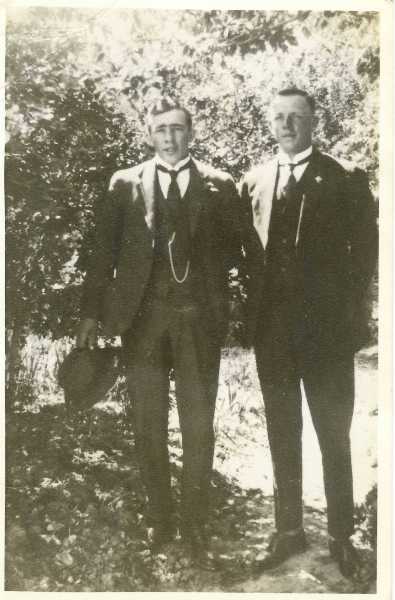
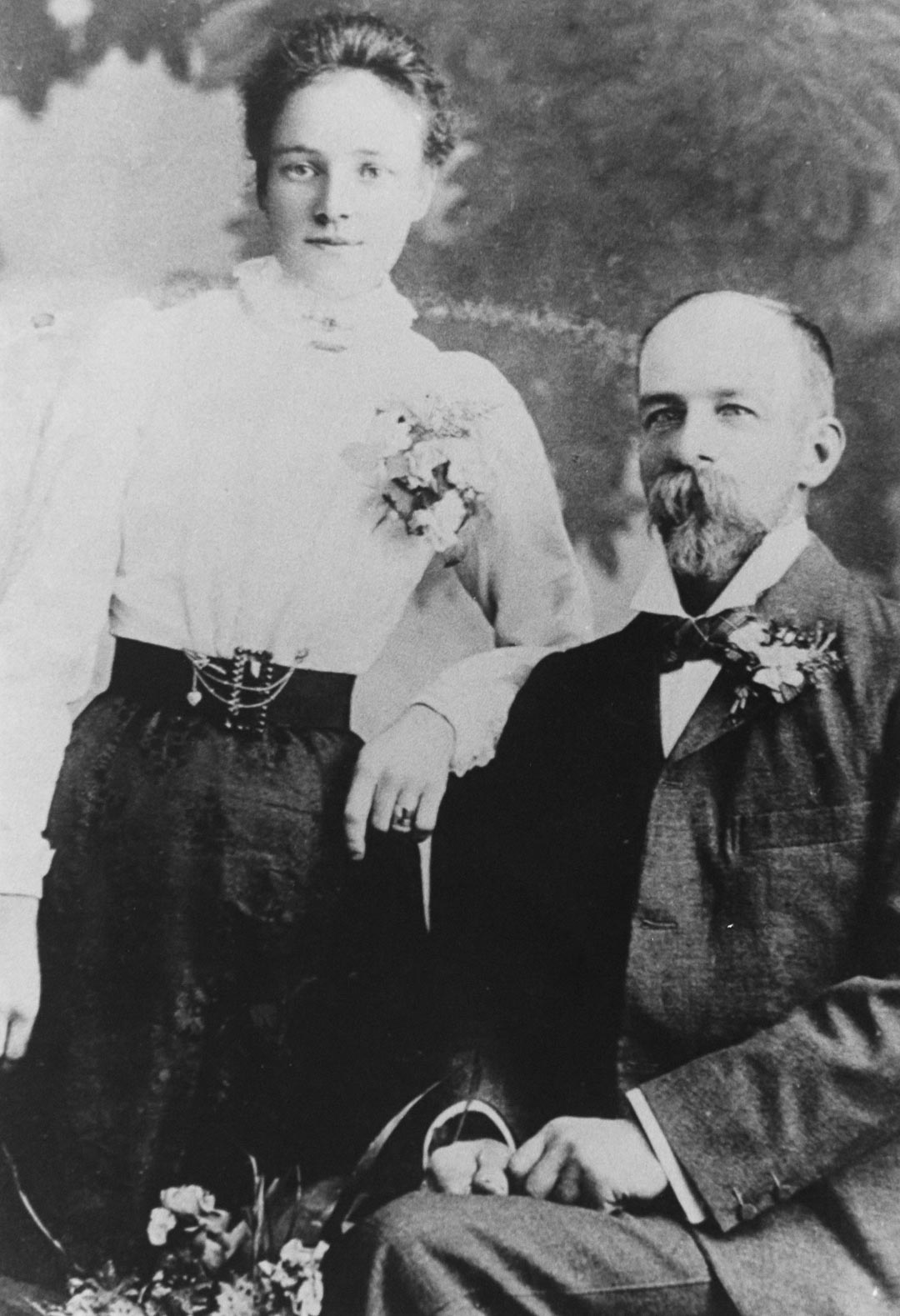
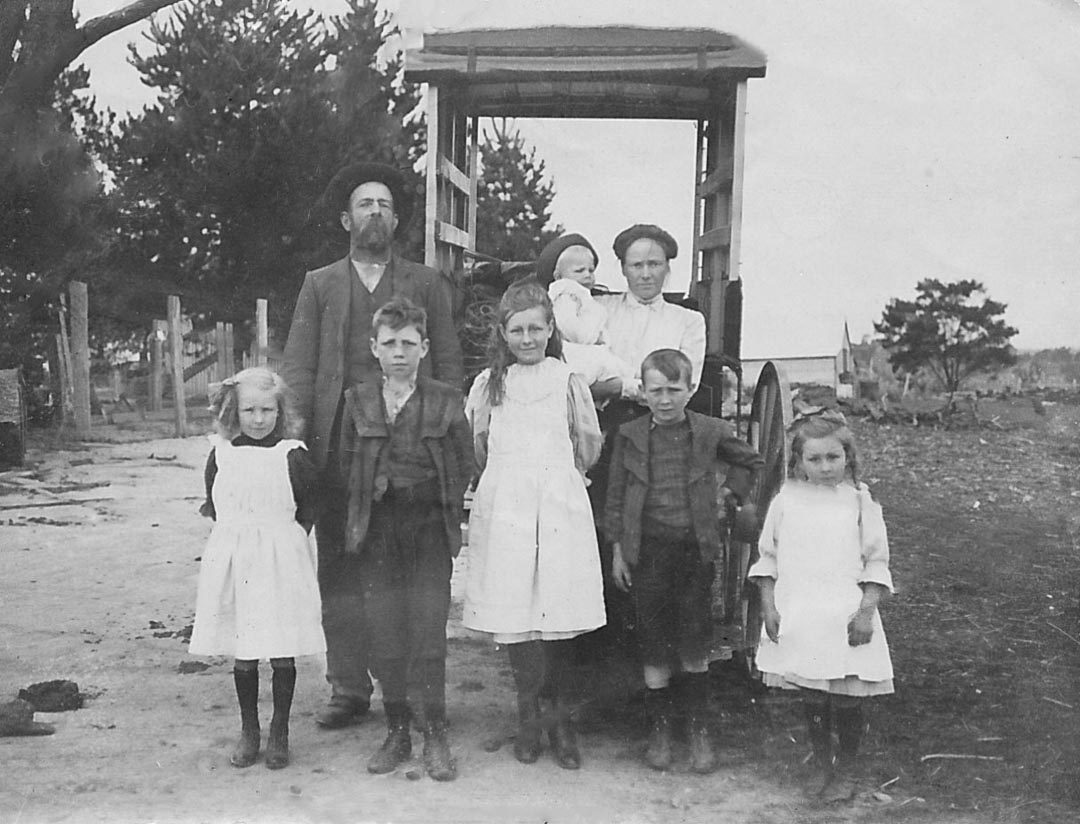
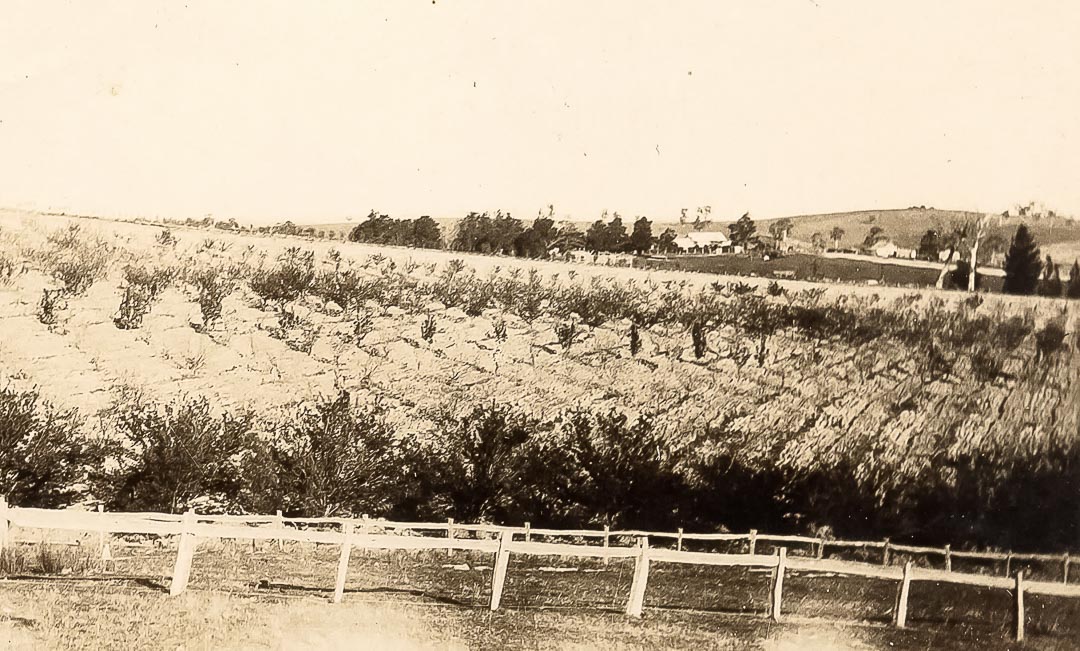
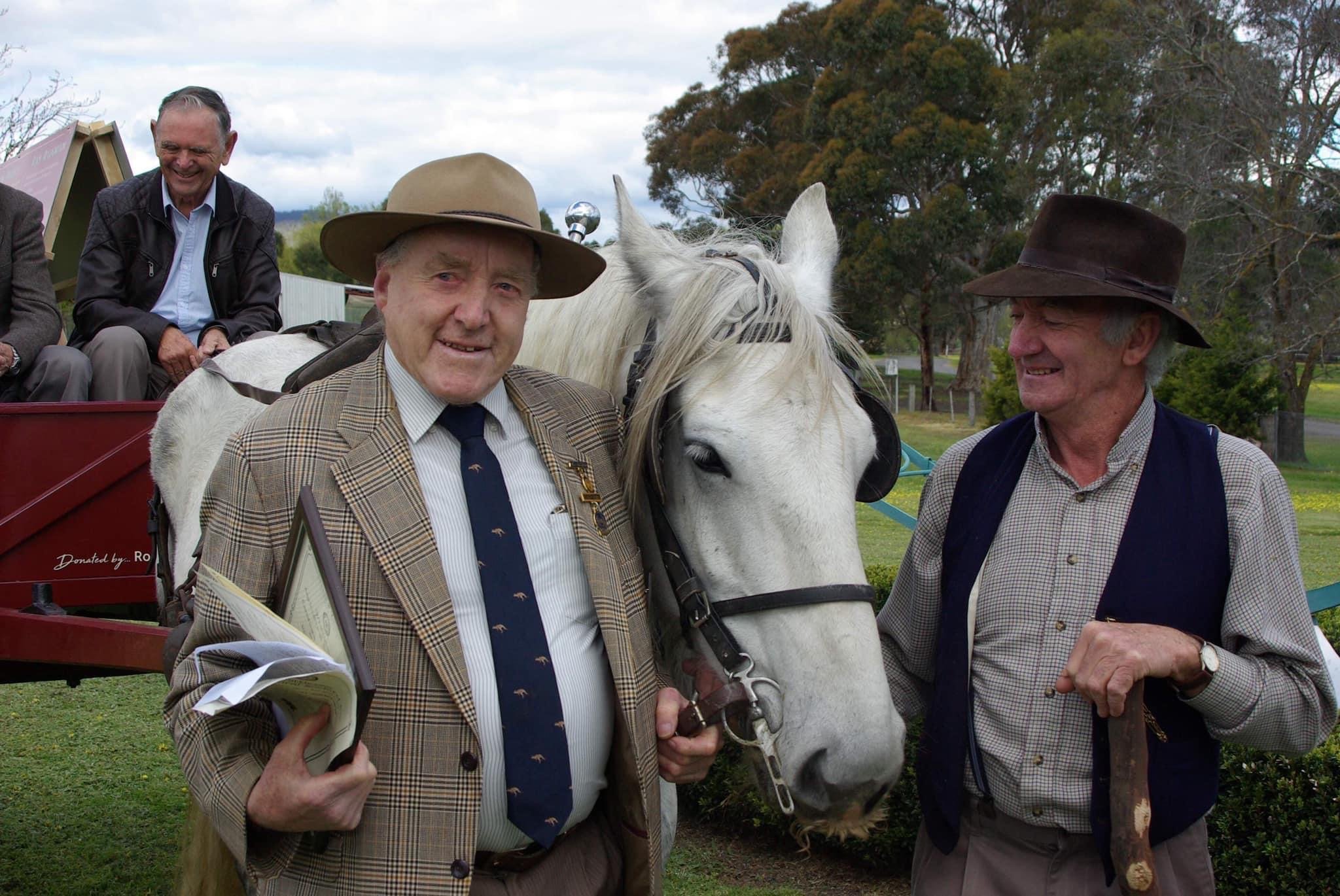
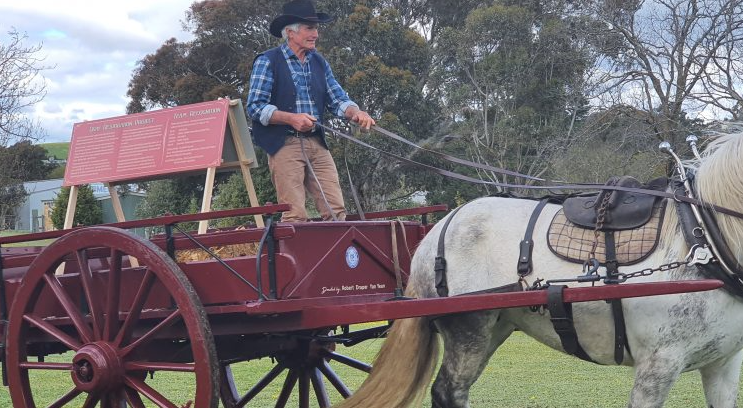
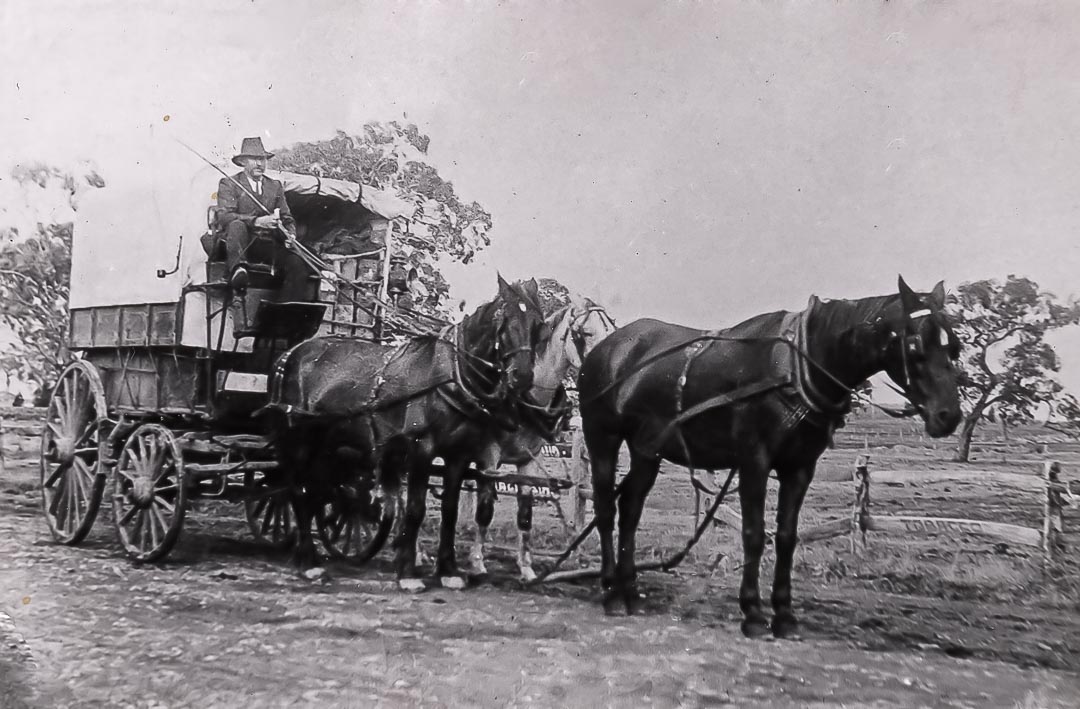
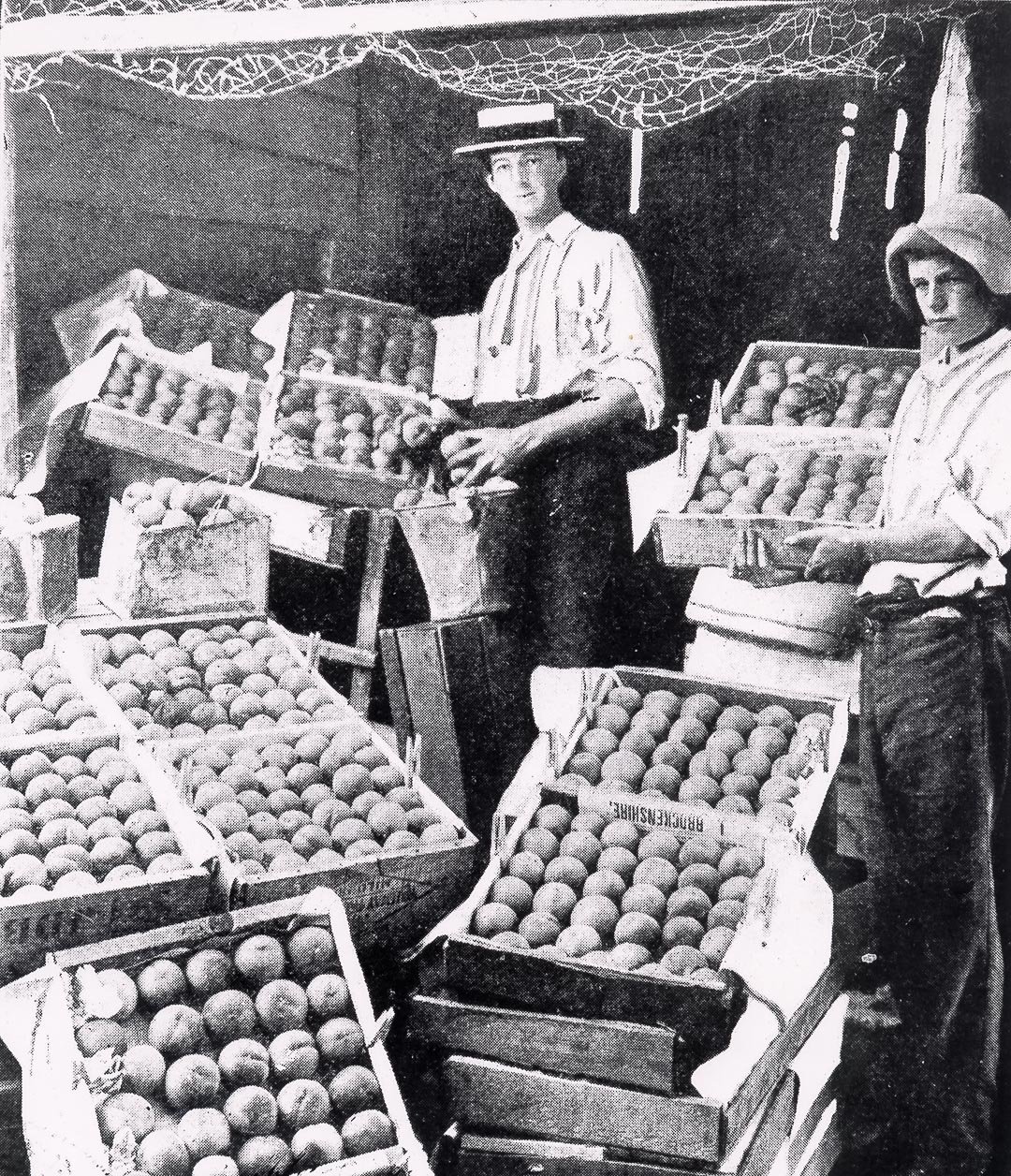
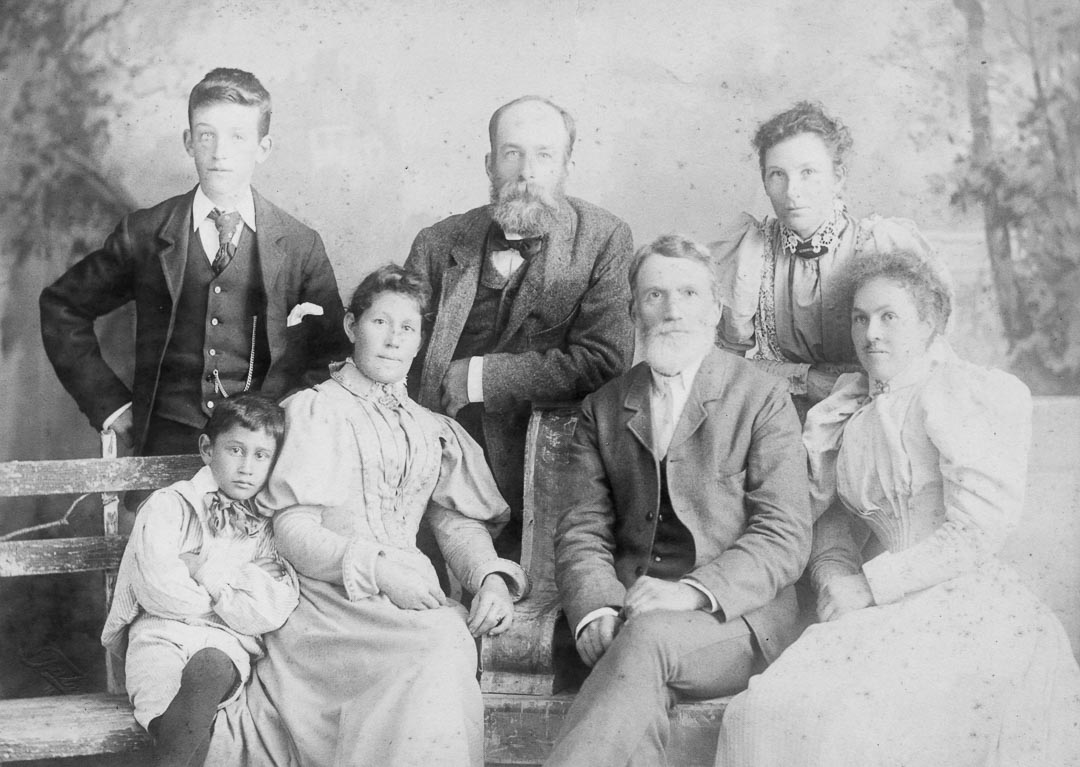
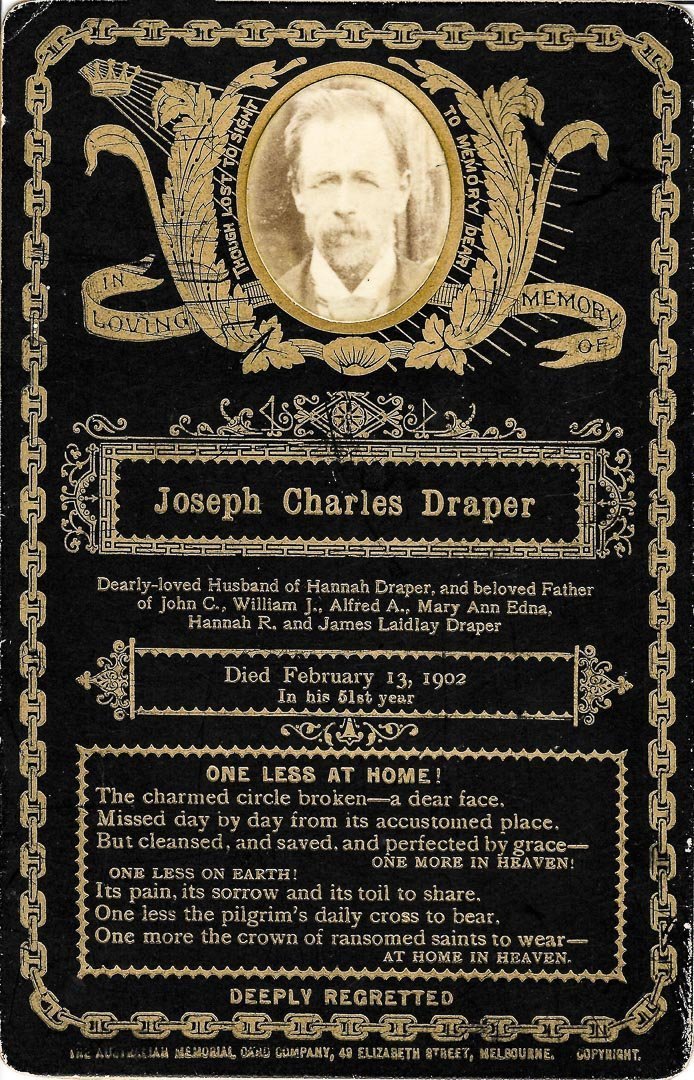
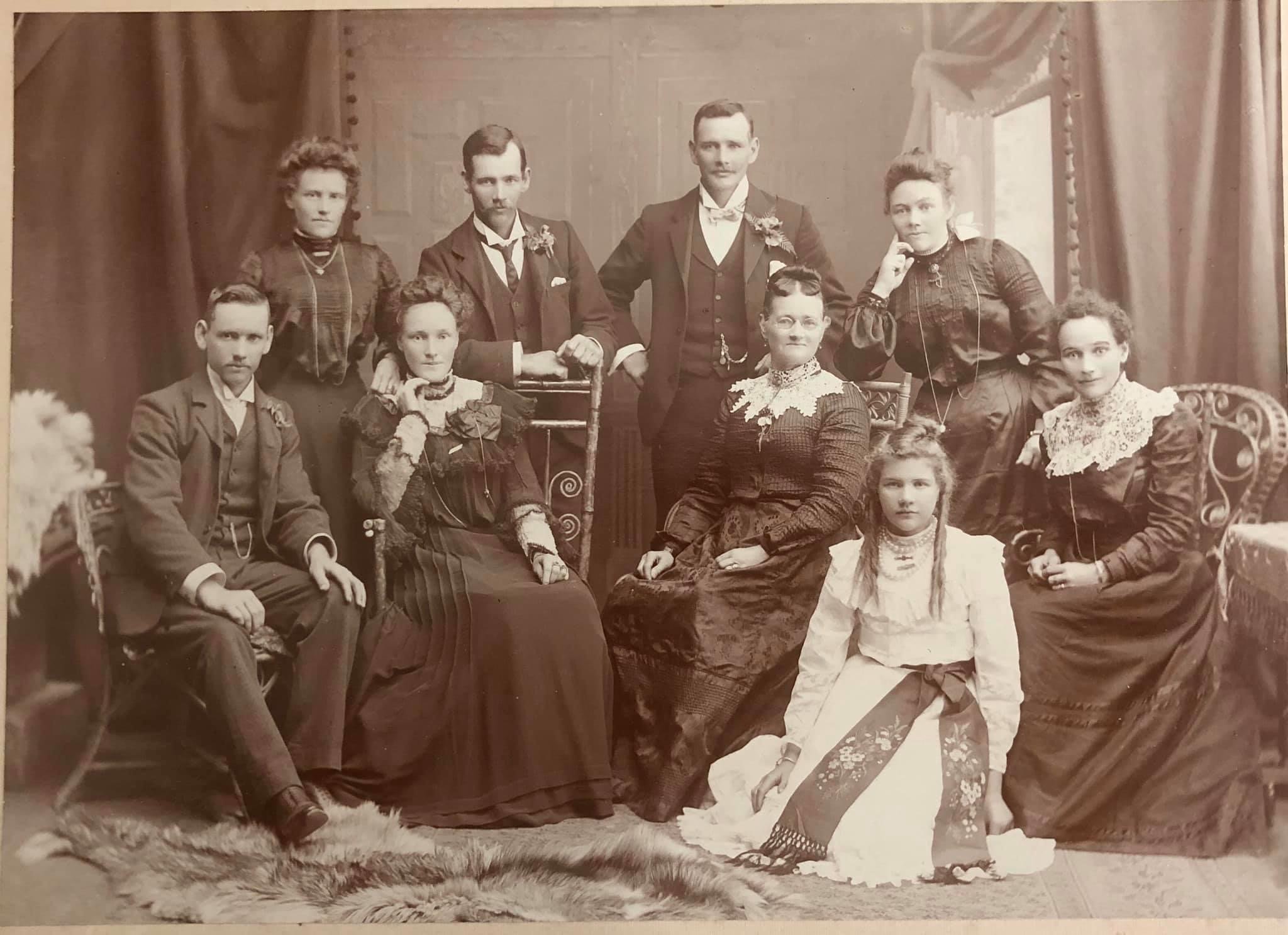
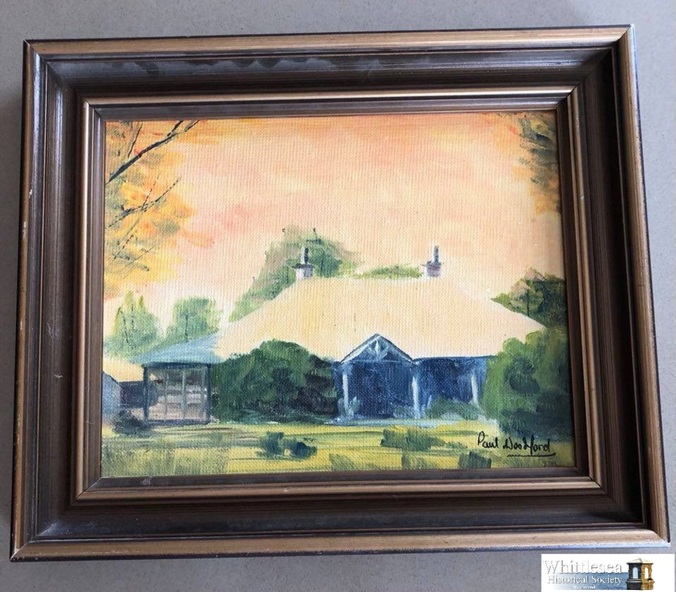
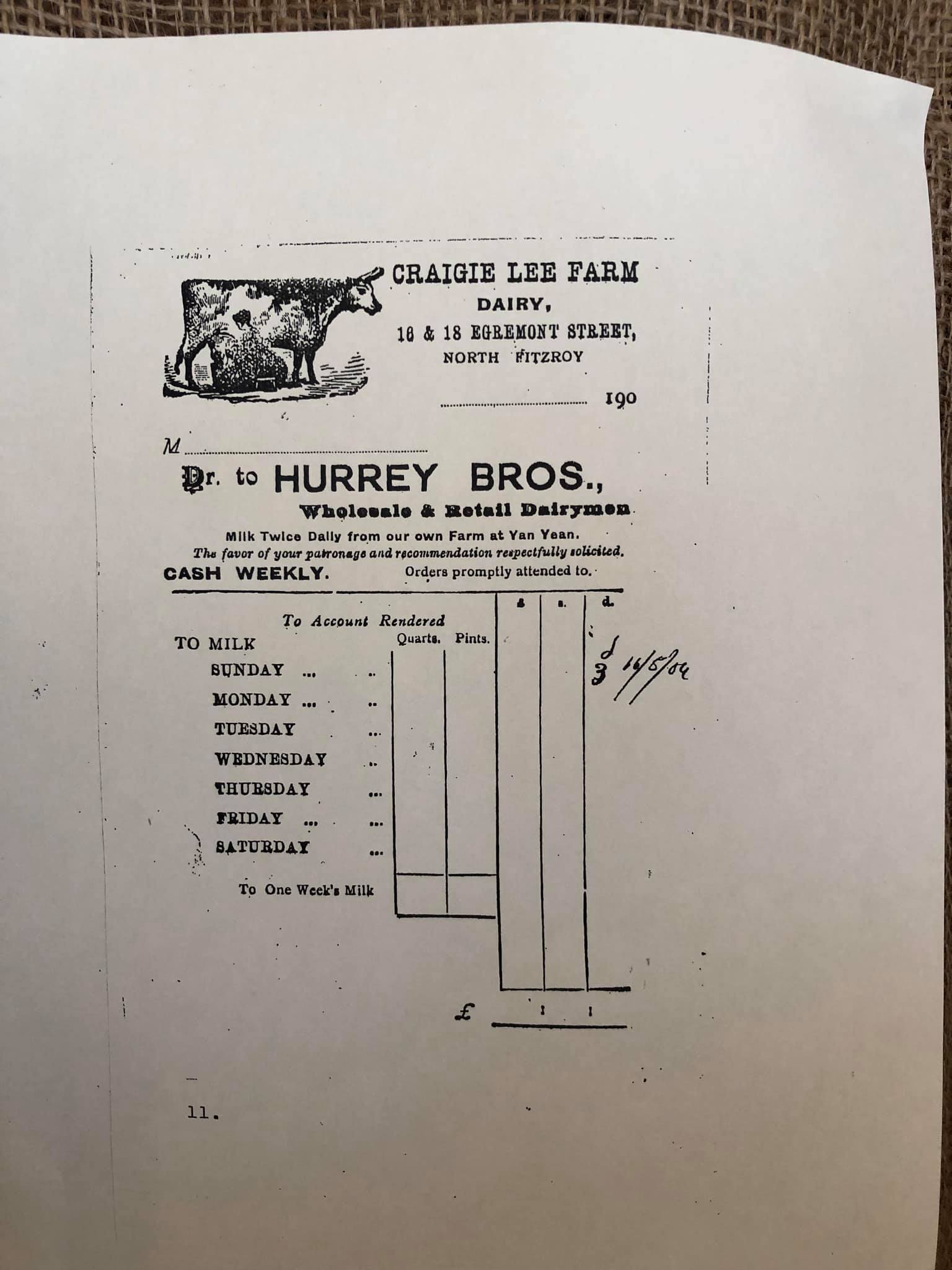

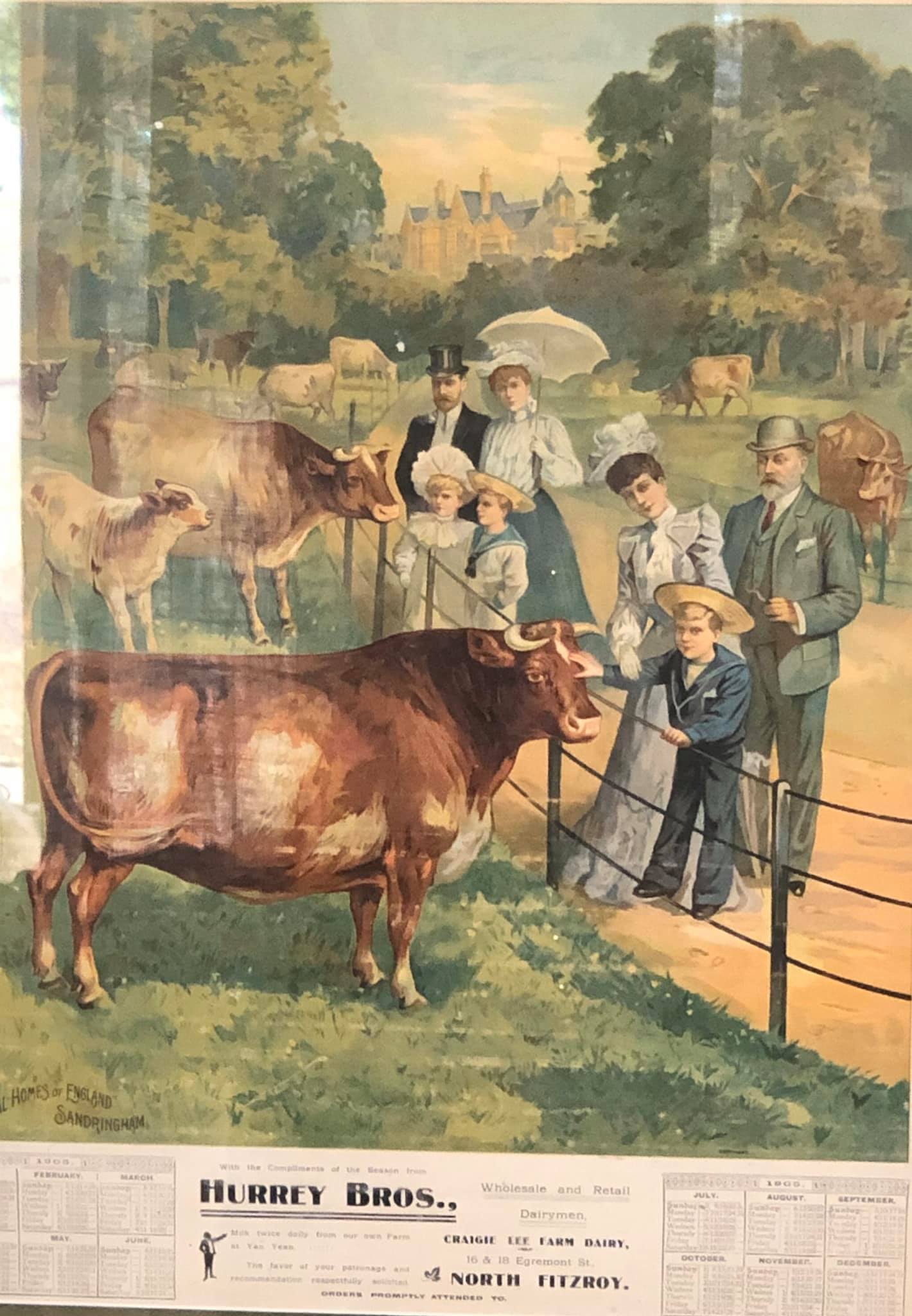
0 Comments